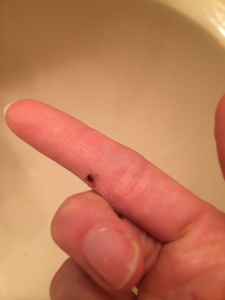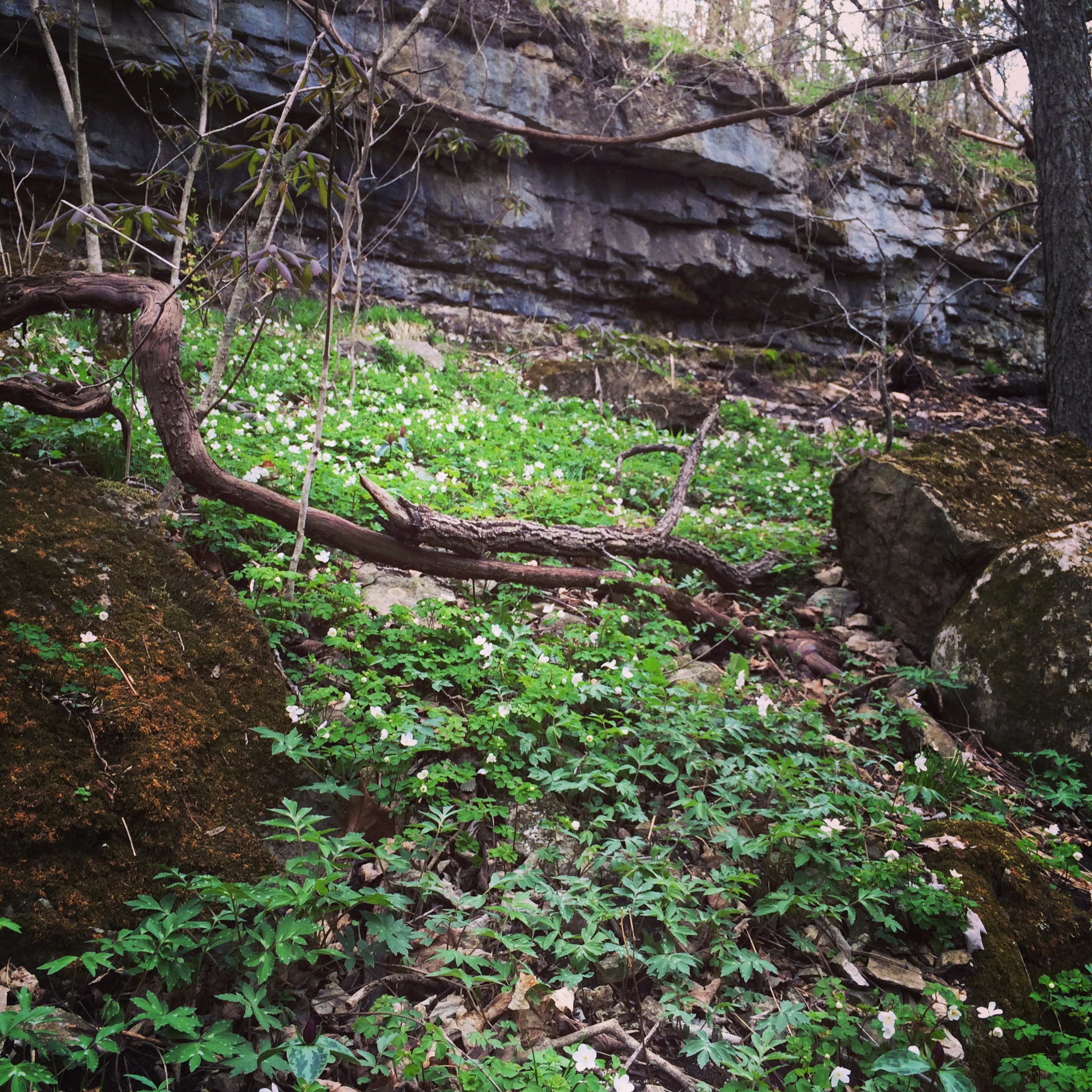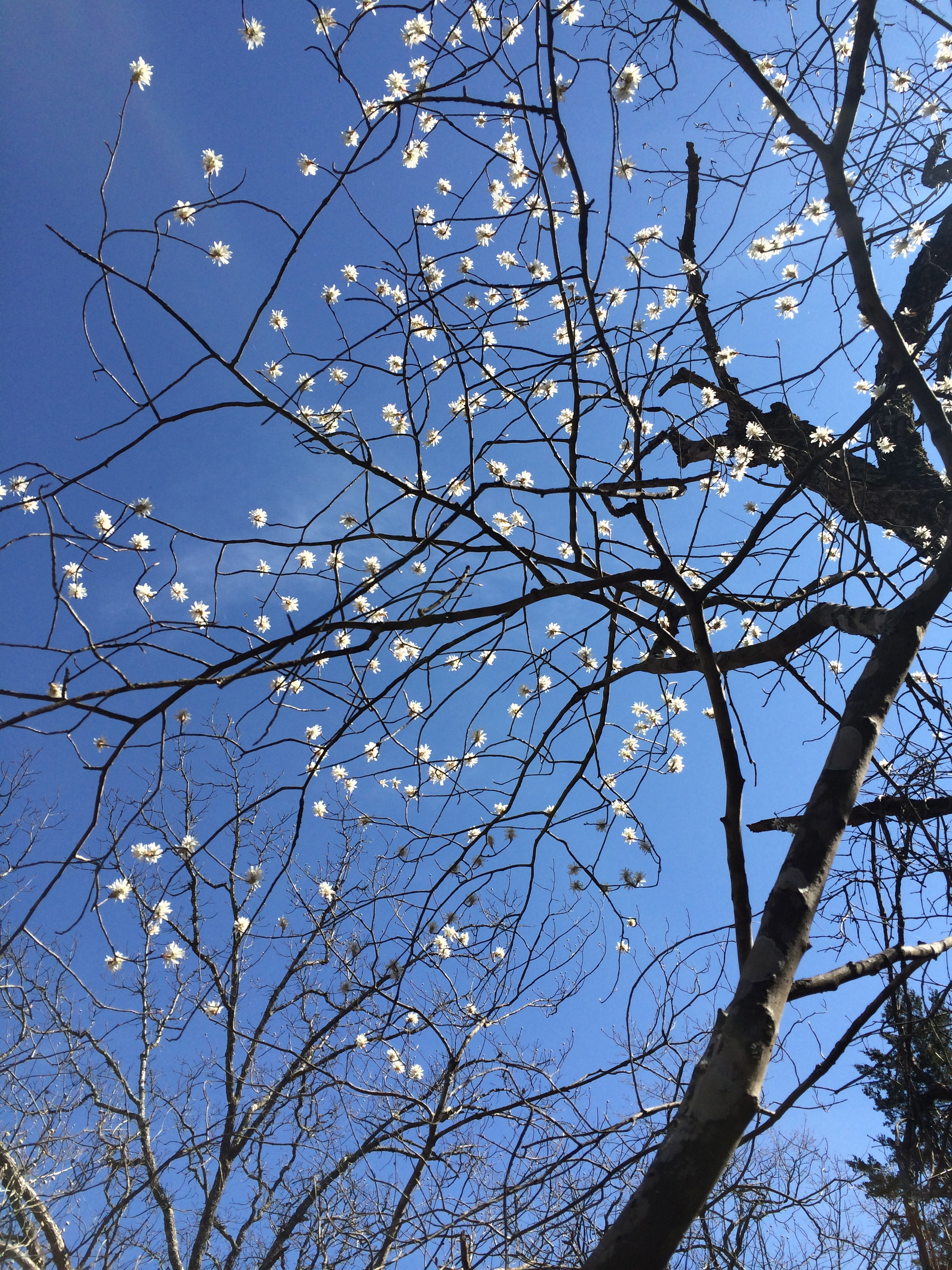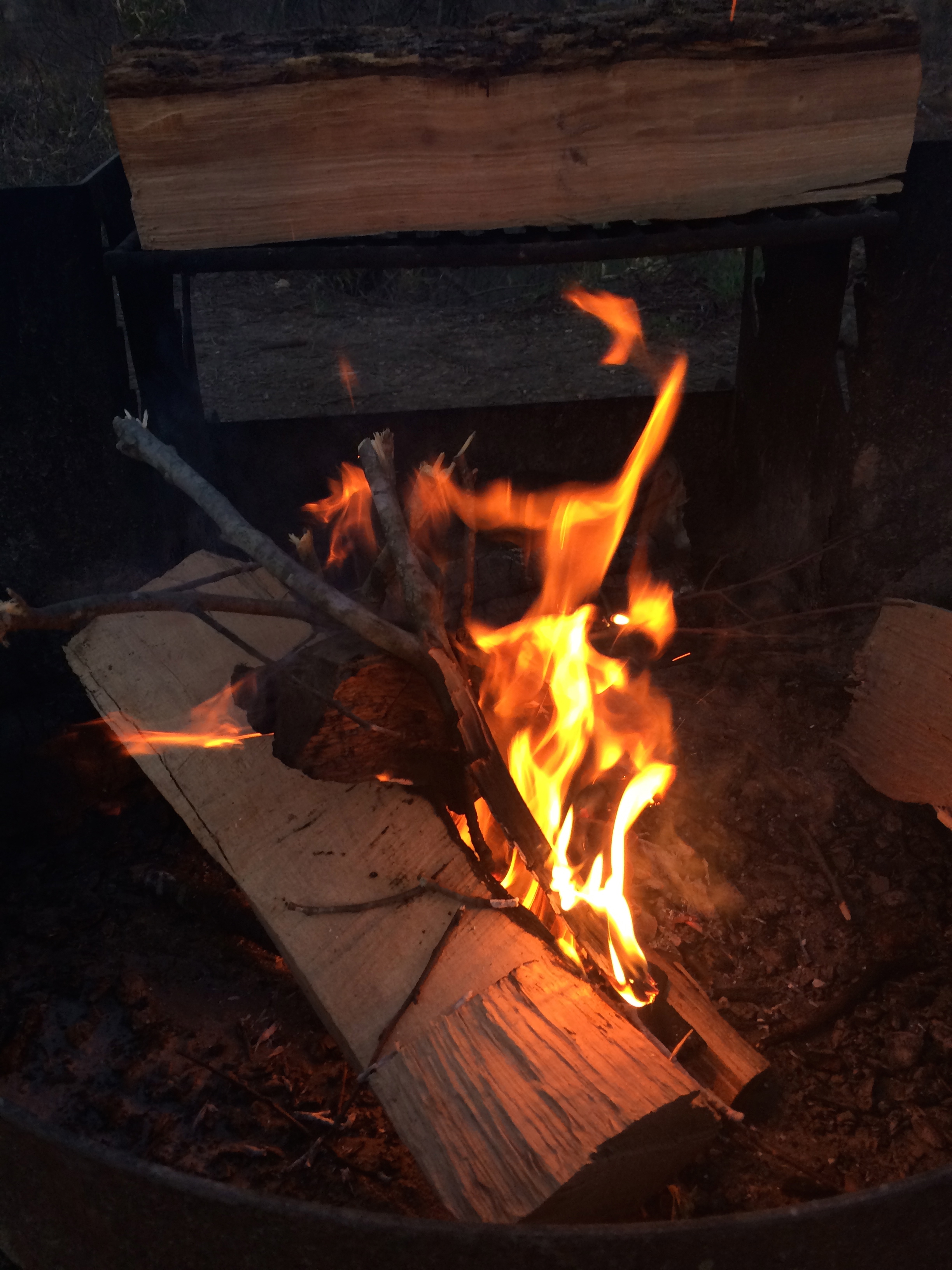Floating Lake Taneycomo
Once viewed as a chilly lake only suitable for trout fishing, Lake Taneycomo is quickly becoming a paddler’s paradise.
Even though Taneycomo has current and behaves likes a river it is technically a lake because it is impounded between two dams. Powersite dam, in Forsyth was completed in 1913, backing up water and creating a long slow pool in the White River referred to as Lake Taneycomo. Table Rock dam in Branson was completed in 1958. The 22 mile stretch of water between Table Rock dam and Powersite dam is what is known as Lake Taneycomo. The name Taneycomo is derived from the lake’s location in Taney County, Missouri.
The depth of Table Rock Lake at the site of Table Rock dam is about 220 feet. Taneycomo is constantly fed with water coming from the deep section of Table Rock Lake, through the dam. In addition, each time the powerhouse turns on one of four generators, Taneycomo receives 1.5 million gallons of water per minute, per generator. This deep water from Table Rock Lake remains about 48-52 degrees year round, which is why Lake Taneycomo is a very cold lake and perfect for rainbow and brown trout, which are raised at Shepherd of the Hills Fish Hatchery. About 700,000 trout are stocked into Lake Taneycomo each year.
Floating Lake Taneycomo is peaceful and fun. Paddlers will encounter beautiful scenery, crystal-clear water, wildlife and a variety of water speed and depth to traverse. However, there are some important safety tips to know before getting in a kayak or canoe on the lake.
- Always wear a life jacket.
- Be aware that the water level and current will change due to power generation at Table Rock Dam. Changes will be less noticeable further downstream from the dam. When estimating the amount of time a float will take, consider that for each generator that the powerhouse turns on, the water level will rise at least 2 feet. When all four units are on, use caution as the water will be moving very fast. Near the dam, a horn will sound indicating that a generator is being turned on, but further downstream you won’t be able to hear that horn, however the rising water will be much slower and less noticeable
- Remember that the water is cold. If you fall out of your boat, try to get out and dry as soon as possible. The risk for hypothermia is greater in Lake Taneycomo, but basic paddling skills and a life jacket will help keep you safe. If you’re brave enough, stop the kayak in shallow water, get out and take a quick dunk. You’ll stay cool for hours afterwards, even on a hot, summer day.
- Motor boat traffic is heavy on Lake Taneycomo, especially in the summer. Paddlers should yield to motor boats. It’s a good idea to paddle near the banks and stay out of the main channel. If you are faced with the wake from a fast-moving boat, try to point the bow of your boat into the wake. Avoid being parallel with large wakes if possible.
- Most of the land surrounding Taneycomo is privately owned. Please be respectful of landowners and only use public access points for lake access and restrooms.
Taneycomo Mileage Chart
| Put-In | Take-Out | Mileage |
|---|---|---|
| Shepherd of the Hills Hatchery Boat Ramp | Cooper Creek | 5 miles |
| Shepherd of the Hills Hatchery Boat Ramp | Branson RV Park | 8 miles |
| Shepherd of the Hills Hatchery Boat Ramp | Rockaway Beach | 14.5 miles |
| Shepherd of the Hills Hatchery Boat Ramp | Ozark Beach | 22 miles |
| Cooper Creek | Branson RV Park | 3 miles |
| Cooper Creek | Rockaway Beach | 9.5 miles |
| Cooper Creek | Ozark Beach | 17 miles |
| Branson RV Park | Rockaway Beach | 6.5 miles |
| Branson RV Park | Ozark Beach | 14 miles |
| Rockaway Beach | Ozark Beach | 7.5 miles |






